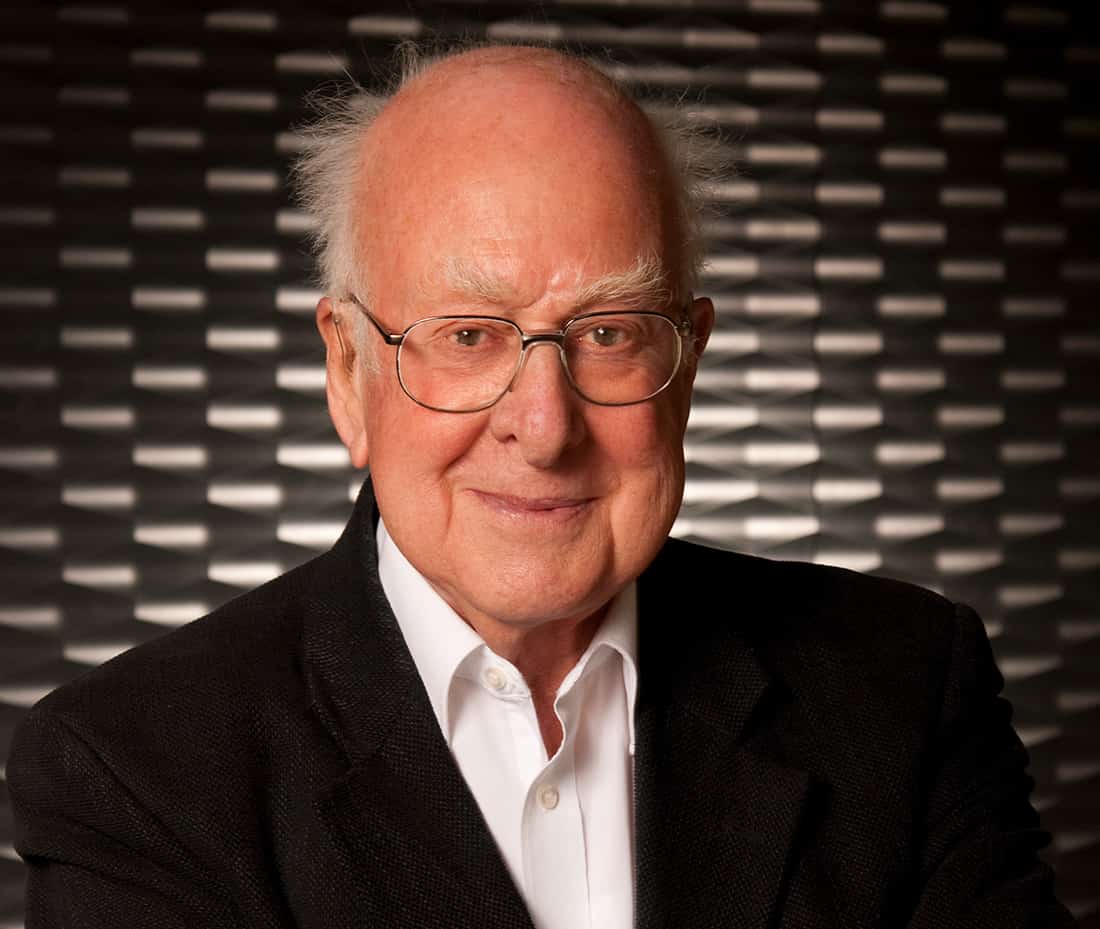New research in the sphere of rechargeable batteries has resulted in an alkali metal-chlorine battery that can store up to six times more charge than the normal lithium-ion batteries of today. The discovery was published on August 25, 2021. Following the discovery, the team of researchers find themselves closer to two goals: to accelerate battery power to an extent that electronic gadgets will have to be recharged only once a week and to make electronic vehicles that can travel six times more without a recharge.
Rechargeable batteries are based on the reaction between two chemicals and their reverse reaction. The cycle of reactions, initiated by electric current, produce and store charge. Stanford University’s chemistry professor Hongjie Dai compared it to a rocking chair. Speaking about the new prototype, Dai told Stanford News, “What we have here is a high-rocking rocking chair.” The back and forth reactions in the new type of battery involve the compounds sodium chloride or lithium chloride.
Regular single-use batteries are made of lithium and thionyl chloride and they discharge energy much quicker. Professor Hongjie Dai and doctoral candidate Guanzhou Zhu at first wanted to improve existing battery technologies while still using thionyl chloride. However, they soon noticed that a reaction involving chlorine and sodium chloride (common salt) was showing signs of stable rechargeability.
Earlier studies with chlorides often resulted in poor battery performance. This is because, once a chloride breaks into chlorine, it is difficult to efficiently convert it back into its chloride form.
Researchers found a solution by using a positive electrode made of an advanced porous carbon material from collaborators at the National Chung Cheng University of Taiwan. The nanopores store and protect the chlorine molecules when sodium chloride breaks down during charging. When the battery needs to be discharged, the chlorine is used to form sodium chloride. According to Guanzhou Zhu, this cycle can be repeated up to 200 times and “there’s still room for improvement”.
Researchers have achieved high energy density in these batteries: 1,200 milliamp hours per gram of positive electrode material. In contrast to this, conventional lithium-ion batteries have a capacity of only 200 milliamp hours per gram. Therefore, the prototype has six times more capacity. The research was published in the Nature journal
These batteries, if developed the right way, could be used in future satellites and remote controls, to ensure the longevity of the equipment. For now, much improvement is required to make these batteries commercially available.







